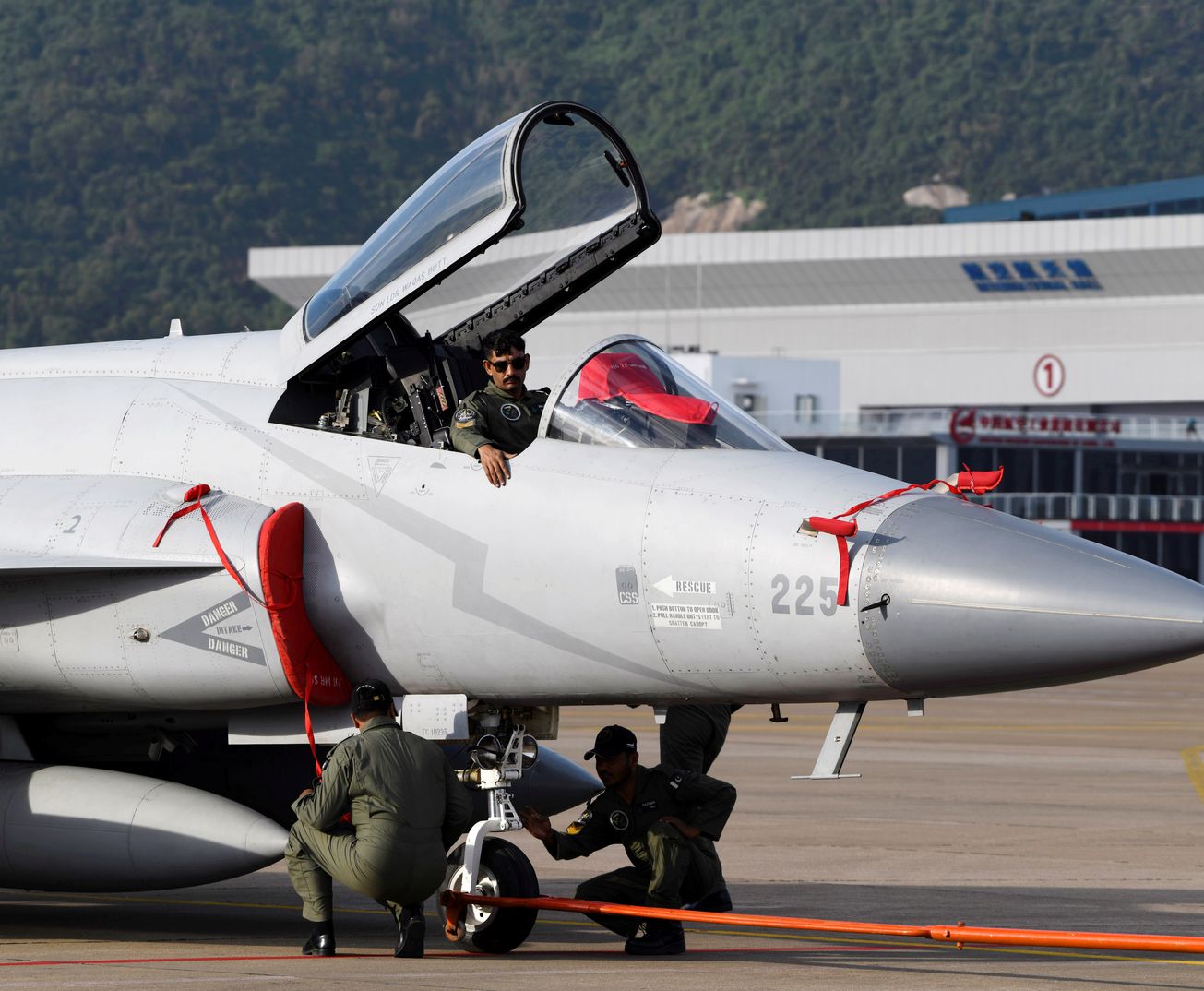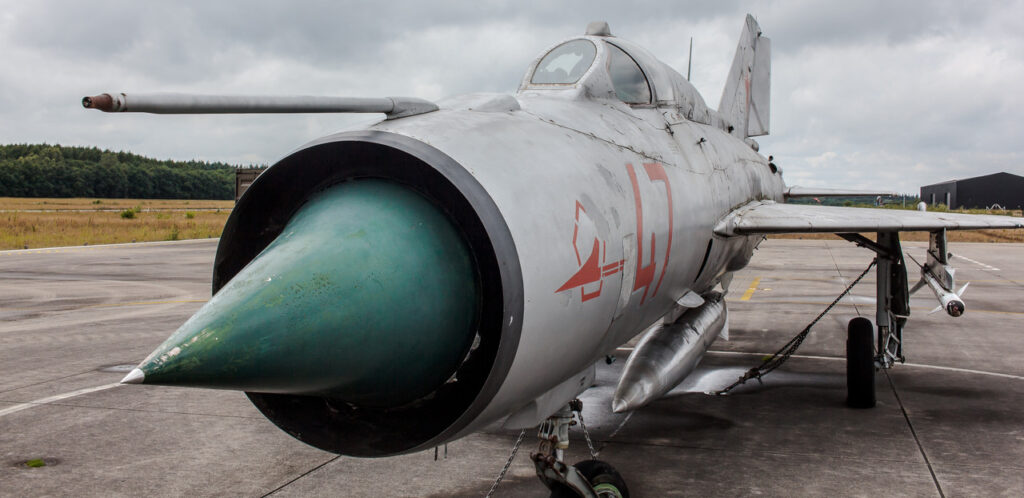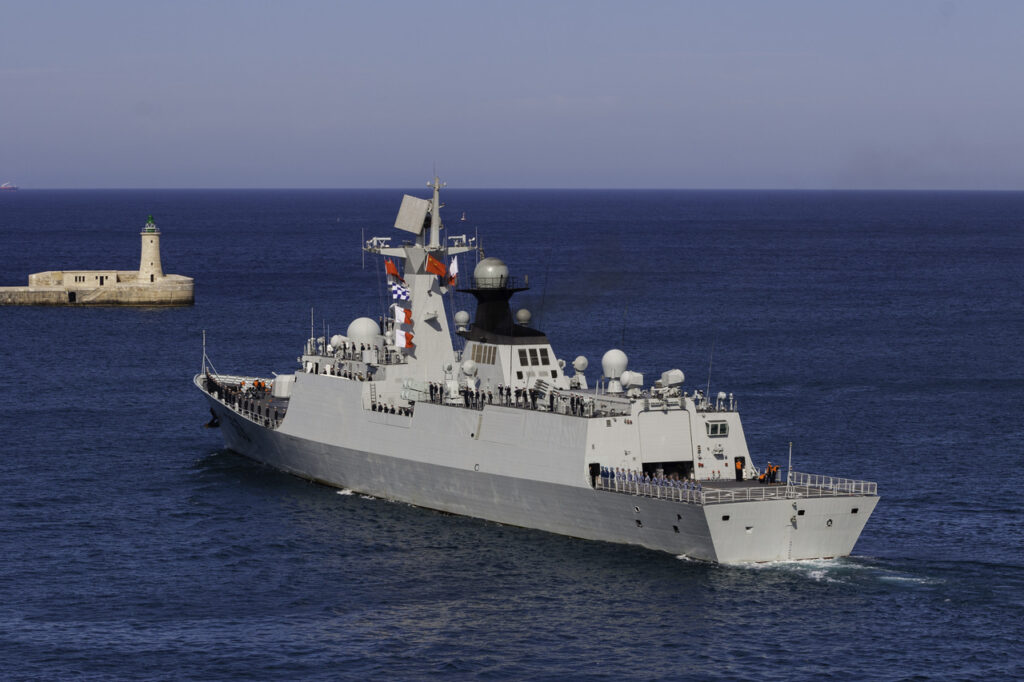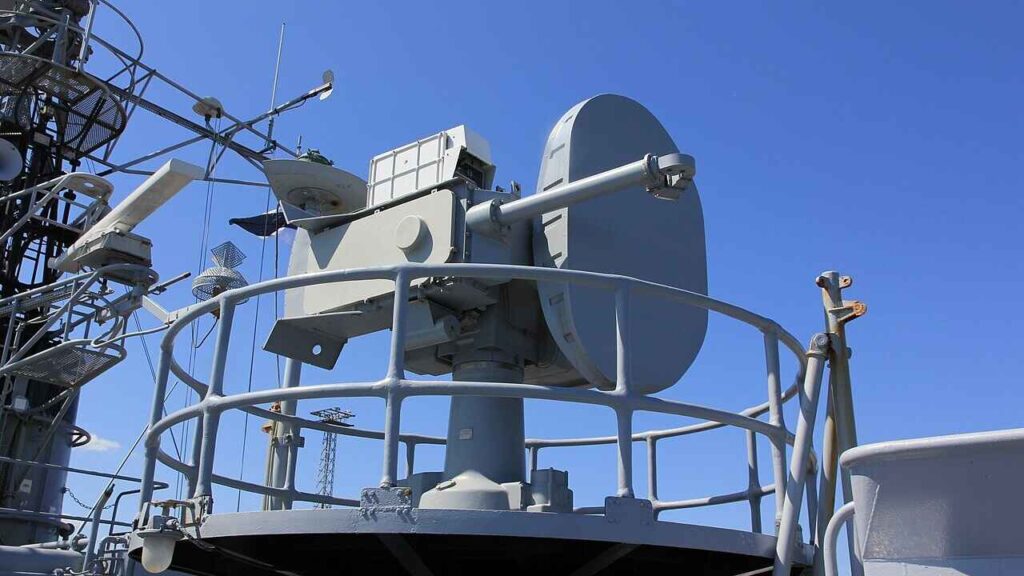
Yes, China’s Powerful JF-17 Is Based on America’s F-16 Fighter
Key point: America’s planes are still usually better than China’s. However, the JF-17 is will cheaper for Beijing to mass produce.
China’s JF-17 “Thunder” multirole fighter is one of China’s most successful aerospace exports. While it was designed from the outset to be an export fighter, its road to service was very rocky, involving decades of development and even American involvement at some points. Design wise, it’s a fusion of the MiG-21 and the F-16 Fighting Falcon. The most recent blocks of the JF-17 have introduced advanced capabilities that nominally put it on par with designs twenty years its senior. But how exactly did the United States help in creating the JF-17? Does the ancient airframe hold it back, or can it be worked around?
The JF-17 evolved out of a series of projects to produce an upgrade for the Pakistani Air Force’s fleet of Chengdu Aircraft Corporation (CAC) J-7 fighters. As Pakistan was one of the primary facilitators of U.S. aid to the anti-Soviet Afghan Mujaheddin, the United States was willing to provide aid to Pakistan in other defense sectors. As the Soviets were preparing to field their next generation lightweight fighter; the MiG-29, Pakistan wanted an aircraft that could counter it.
This resulted in Project Sabre II, an attempt to modernize the J-7s conducted by CAC and Grumman. The original iteration of Sabre II only stretched the fuselage of the J-7, redesigned the control surfaces, and changed the location and size of the air intakes. However the Sabre II was unable to reach the performance of contemporary American fighters or the projected performance of the MiG-29 with this configuration, so Project Sabre II was canned.
However, the three countries decided to have another go at it later in the 1980s, resulting in the “Super 7” project. This time the wingspan was increased and formed into a similar configuration to the F-16 in addition to the prior aerodynamic changes. Grumman pulled out of the Super 7 project in 1989 due to Tiananmen Square and the resulting fallout. The project remained on ice for around 10 years as negotiations between China and Pakistan continued. A feasibility study to see if future development would be fruitful was commissioned in 1992, it was successful so a memorandum to continue development was signed.
In 1998 China and Pakistan recommenced serious development of the Super 7. Costs were split 50/50 between the Pakistani government and CAC and the aircraft was renamed JF-17 As Grumman had dropped out, the fighter needed a new powerplant. A solution was found in the Russian Mikoyan design bureau, which offered the Klimov RD-93 engine which was originally designed for the canceled MiG-33 fighter jet. The RD-93 was an advanced version of the RD-33 used on the MiG-29, however, only one RD-93 is used on the JF-17 in contrast to two RD-33s in a MiG-29.
Another key innovation that occurred during the development process was the inclusion of diverterless supersonic intakes (DSI) on the JF-17 design. The design went through several iterations but is seen on current JF-17 production aircraft. In 2003 the first prototype took to the air. By 2006 the JF-17 was finalized and ready to enter serial production. It was formally adopted in 2007. The first fully Pakistani-manufactured JF-17 was created in 2008.
The JF-17’s designers have proven adept at keeping up with the times following its entry into service. The initial run of fighters for Pakistan have been referred to as Block I JF-17s. Block II JF-17s introduced a multitude of new capabilities and upgrades, including composites in the airframe for reduced weight, air to air refueling, a full fly-by-wire system, and a better radar. China offered to replace the Russian RD-93s with their own WS-13 in Block II JF-17s, but Pakistan opted to stick with the Russian engine.
For the Block III, China hopes to add an AESA radar to the JF-17 and further improve the avionics and weapons compatibility of the JF-17. The standard JF-17 features the MIL-STD-1760 databus in some implementations, allowing for compatibility with Western and Eastern weapons. One potential weakness of the JF-17 is its internal cannon, which is still the double-barrel GSh-23, a legacy of its MiG-21 heritage. This cannon is outperformed by practically any other autocannon mounted on a modern combat aircraft. However, given the relative infrequency of cannon usage in modern air combat, this is not a big issue.
The largest advantage of the JF-17 is its cost. At only 15 million per plane in its most basic configuration, the JF-17 is far cheaper than any of its competitors, even used. Block II JF-17s cost around the same margin, with Myanmar buying them for only 16 million per unit. This has been the key to the JF-17’s export success. A poor nation can field a relatively modern fighter for a very low price. It is yet to be seen whether it can actually perform at its price point in combat, but Pakistan seems to be satisfied with what the JF-17 can do in trials. In many ways, China has updated the budget fighter of the last generation, the MiG-21, for the modern era with the help and additional design cues from the F-16.
Charlie Gao studied political and computer science at Grinnell College and is a frequent commentator on defense and national-security issues.
This first appeared in 2020 and is being reposted due to reader interest.
Image: Reuters


